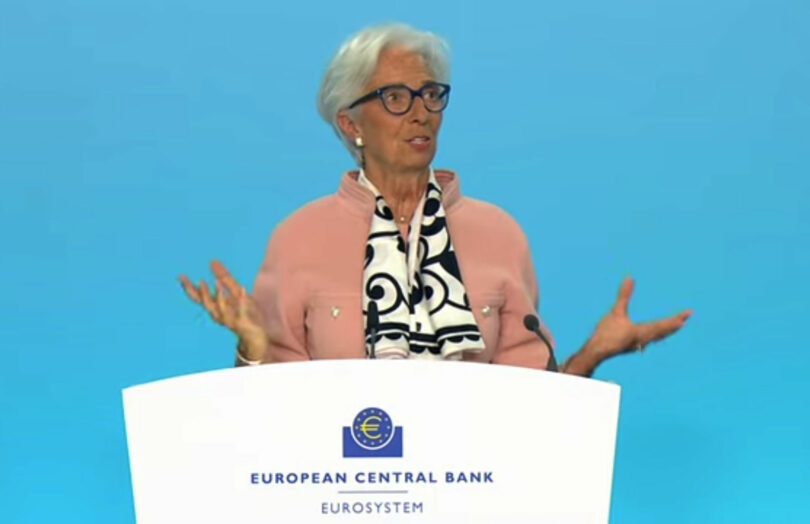Politico reported that the European Commission and European Central Bank (ECB) have clashed over stablecoins. The political outlet described the ECB’s reaction to the Trump administration embracing the global usage of US stablecoins as ‘alarmist’. And stated that the ECB was making an ‘unwelcome intrusion’ into the Commission’s lawmaking role.
The MiCA regulations for crypto-assets fully came into force in January. A clause in the regulation requires a report from the Commission on whether there need to be amendments to address issues such as DeFi. Peter Kerstens, the MiCAR architect who is writing the report, believes there’s no need for MiCAR v2.
Meanwhile, we’ve reported multiple times that we thought the ECB was overstating the threat of US stablecoins, because there are protections within the current version of MiCAR. We assumed the ECB’s key motivation was to encourage the passage of separate legislation to support its digital euro CBDC project.
Yet in a press conference on Thursday, three days after a meeting at which differences were aired, ECB President Lagarde again called for a MiCAR revision.
After mentioning MiCAR in response to a stablecoin question, President Lagarde said, “Solid regulation that constitutes the framework within which they (stablecoins) can operate I think is paramount. And has been understood by the European Union, by the Commissions, by various authorities in charge of those matters and will be reviewed in order to make sure that it procures a safe harbor for those initiatives.”
Notably, she mentioned the digital euro immediately afterward, despite the question not touching on the CBDC.
There are two key stablecoin issues. One is sovereignty and the other fungibility.
EU stablecoin sovereignty issues
The ECB was referred to as being alarmist over sovereignty issues. We’ve previously expressed a similar view, although there are some caveats.
MiCAR provides multiple safeguards. There’s a clause where regulators can step in where they believe a stablecoin is threatening monetary sovereignty. Additionally, there are also explicit limits on the scale of a foreign currency stablecoin used within the EU. It cannot transact more than the equivalent of €200 million daily across the entire EU.
However, this only covers mainstream payments. There’s a carve out for crypto transactions which have no limits. Additionally, the foreign currency limits don’t cover any other financial transactions. In other words, the use of a dollar stablecoin to settle any stock market trading, funds or certain institutional payments would not count towards the limit. So there is some risk of dollarization of financial markets, if not everyday payments.
Fungibility?
The Politico report also mentioned redemption. It stated, “The official added that it made ‘no economic sense’ for U.S. users to impose redemption requests on European issuers, and that the idea of a traditional “run” on an asset backed one-to-one was “nonsense.”
We suspect this may be referring to fungibility. By fungibility, we mean whether a stablecoin issued in multiple jurisdictions is treated the same as other versions.
Some stablecoins might be issued under US regulations and additionally under MiCAR. Currently we believe the only example is USDC, but there will be others. While there is only one brand, technically there are separate legal contracts.
Under MiCAR, EU stablecoin issuers must be willing to directly redeem stablecoins to end users, but the draft US federal legislation and New York rules do not require this. Hence, one can imagine if there were a stablecoin run, US stablecoin holders might want to redeem coins in the EU. The terms and conditions of USDC don’t allow this unless the person resides in the EU.
The vast majority of people hold their assets with an exchange or custodian, that is required to know their residence.
But there may be some risk here. Say you were in the US and you hold stablecoins in a self hosted wallet. It’s trickier to know where the owner of a self hosted wallet lives.
In the unlikely event of a stablecoin run, if you have friends or family in the EU, you might be tempted to get them to redeem your stablecoins on your behalf. They’d say they owned the stablecoins. However, self hosted wallets will only account for a minority of the stablecoin’s assets. So while there’s a risk, it’s not massive.
We plan to publish a piece on stablecoin fungibility within the week.






